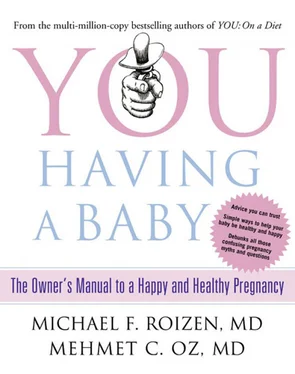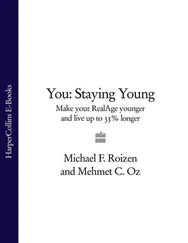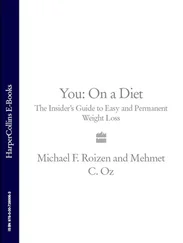Problems can occur when genes that are supposed to be imprinted, or turned off, are not, or when the wrong parent’s gene is imprinted. The gene for the chemical messenger called insulinlike growth factor 2 (IGF2) is normally turned on from the father and off from the mother. If the mother’s copy is not turned off, the child can develop Wilms’ tumor, a cancer of the kidney. Loss of imprinting of the mother’s IGF2 gene later in life can contribute to age-related cancers, including cancers of the prostate and colon.
The purpose of an orgasm isn’t solely to make you feel good or provide gossip fodder for the neighbors. The biological purpose is to better the odds that this union between sperm and egg takes place.
On the woman’s side, the mucous membranes that line the vaginal walls release fluids during intercourse so that the penis can slide with just the right amount of friction. As intensity and sensations build, the woman’s brain tells the vagina and nearby muscles to contract. That contraction brings the penis in deeper. Why does that matter? It increases the chance of his sperm getting closer to the target. During an orgasm, the cervix, located at the top of the vagina, dips down like an anteater and sucks semen up into the cervix (the cervix is a passageway connecting the top of the vagina and bottom of the uterus). The sperm is trapped in the cervical mucus
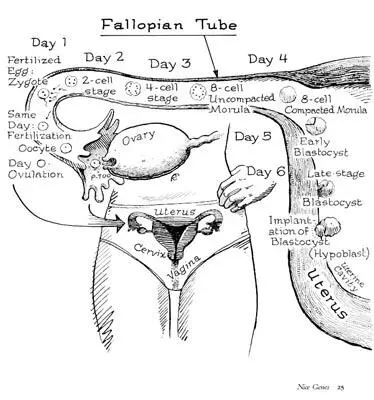
Figure 1.1 Tube Ride In the Fallopian tube, an egg has about twenty-four hours in which it may be fertilized. Once the sperm does so, the fragile combo, the blastocyst, multiplies its cells and must implant in the uterine wall to endure the 280-day pregnancy. Even if you try to summit Everest, this is the most dangerous journey you will ever take.
What’s Age Got to Do With It?
We all know plenty of people who have made the classic clock-ticking jokes about aging women who want kids. But what does that really mean? Before ovulation, eggs have two copies of each of the twenty-three chromosomes. They’re lined up waiting for the signal to divide for mom’s entire life. Unfortunately, the little spindles that pull chromosomes apart don’t work as well when they’ve been waiting for four decades. Instead of a clean break, two copies may be pulled to one side and none to the other. That’s what leads to an increased risk of chromosomal abnormalities such as Down syndrome and an increase in miscarriages in older moms.
Now, that doesn’t let pop totally off the hook. Older men’s (as in over 35) sperm have been linked to an increase in birth defects and autism, as well as an increased difficulty conceiving. New evidence even suggests that children born to older dads score lower on various brain tests through the age of seven.
While older parents may be better equipped to handle some aspects of pregnancy and child rearing (like some of the stresses and emotional wear and tear), and may be better able to support their children financially, there are some physiological trade-offs that you’ll want to consider if you are making a decision about when to have children.
until the release of the egg, and a signal then lets the sperm start the competitive swim up into the uterus.
While it’s by no means necessary to have an orgasm to get pregnant, women who orgasm between one minute before and forty-five minutes after their partner’s ejaculation have a higher tendency to retain sperm than those who don’t have an orgasm. On the man’s side, orgasm is required, because during orgasm fireworks in the brain cause involuntary contractions in lots of muscles in his body. Those contractions help him penetrate deeper and squeeze the prostate to eject sperm deep into the vagina.
Now, the actual fertilization process happens this way: After the egg drops from the ovary, it travels through the Fallopian tube, where there’s about a twenty-four-hour window when it can be fertilized. Since sperm live for up to a week in the cervix (they die after a few minutes of hitting the air), it’s not necessary for two people to have sex precisely when ovulation occurs, as many assume. In fact, conception is more likely to happen if sex occurs a couple days before the egg is released from the ovary. (See “Fertility Issues” on page 380 for more about getting the timing right.)
If all goes according to plan, the sperm meets the egg in the Fallopian tube, and the two half genomes unite to form a complete set of genes containing all the DNA necessary to make a new human being. The fertilized egg says thank you very much and moves along to the uterus. There it will attach to the uterine lining and begin the amazing process of becoming a baby.
YOU-ology: A New Approach to Genes
One of the most miraculous processes in nature, aside from the formation of such things as the Grand Canyon and the hammerhead shark, has to be how we grow from a single fertilized egg cell to the trillions of cells that make up a new person.
Human cells have twenty-three pairs of chromosomes, structures that hold our DNA. The DNA acts as a complete set of instructions that tells our bodies how to develop. Individual genes are short sequences of these instructions that regulate each of our traits. (See figure 1.2.) As you might imagine, given the fact that virtually every person in this world looks different from every other, the nearly infinite possible combinations of maternal and paternal DNA are what give us our individuality. When maternal brown eyes and maternal red hair get paired with paternal blue eyes and paternal blond hair, there are four possible combinations for offspring, right? Brown eyes – blond hair, brown eyes-red hair, blue eyes-blond hair, blue eyes – red hair. Extrapolate that scenario out to twenty-three chromosomes, and the possible combinations become mind-boggling, unless scientific notation is your thing: 2 23, or about 8.3 million, combinations—meaning that there’s about a 1 in 8 million chance that the same mother and the same father would have two kids with the exact same coding (excluding identical twins). (See figure 1.3.)
But that’s only part of the story. Consider identical twins. They get dealt exactly the same DNA, but they may develop different traits down the line: One may have allergies and the other may not, one may develop a particular disease and the other may not, one may be able to play the piano without ever learning how to read music, while the other can’t carry a tune with a dump truck. What accounts for these differences? Something in their environment—potentially as early as in utero—affected the expression of their genes differently. That something is called epigenetics.
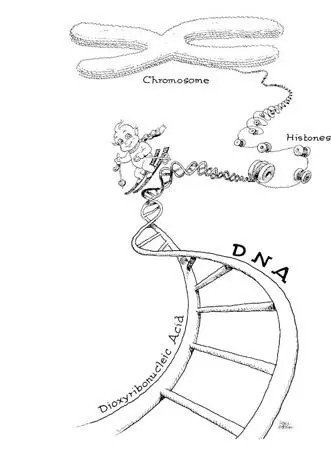
Figure 1.2 All Wound Up Storing more data than any computer, each chromosome contains all the information needed to give you a base for your physical and emotional characteristics. What we can learn from epigenetics is that you have the power to influence the course of biological destiny.
Here’s how it works:
Each cell in the human body contains about 2 meters of DNA that’s packed into a tiny nucleus that’s only about 5 micrometers in diameter. That’s the rough equivalent of stuffing two thousand miles of sewing thread into a space the size of a tennis ball. As with thread, DNA is wound around spools of proteins called histones. Not all of your DNA gets expressed, or used to create proteins, in every cell; in fact, most of the spools of DNA in each cell are stored away, some never to be seen or heard of again.
Читать дальше
